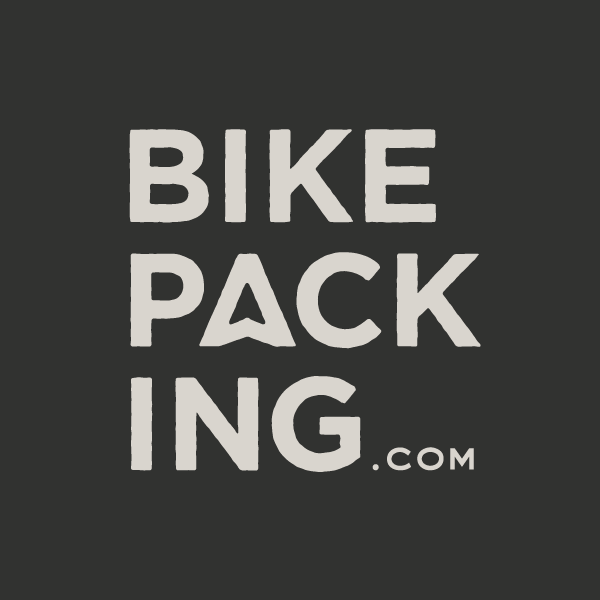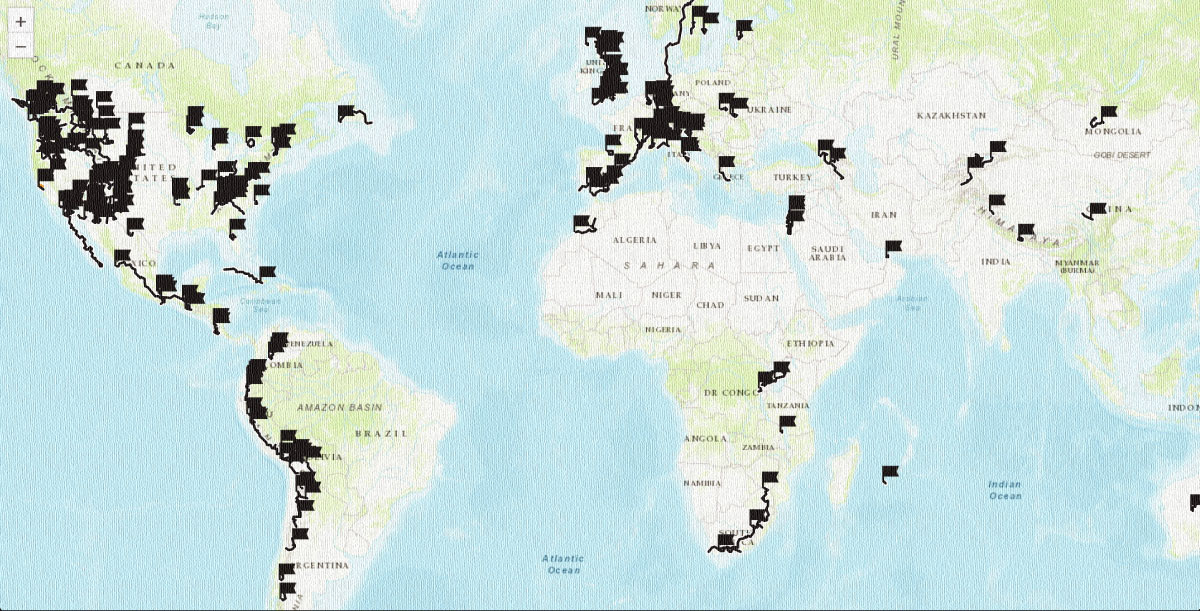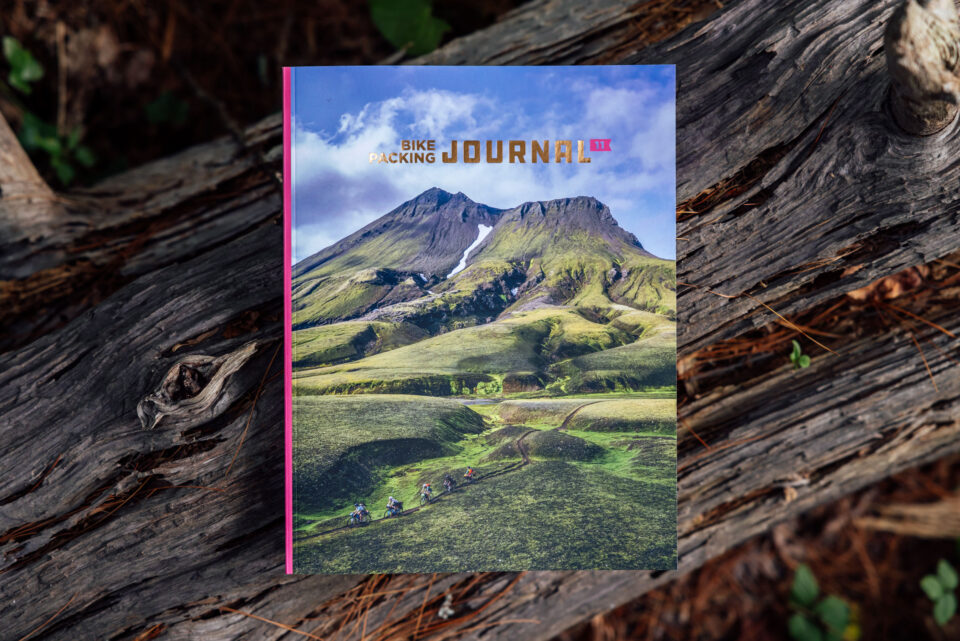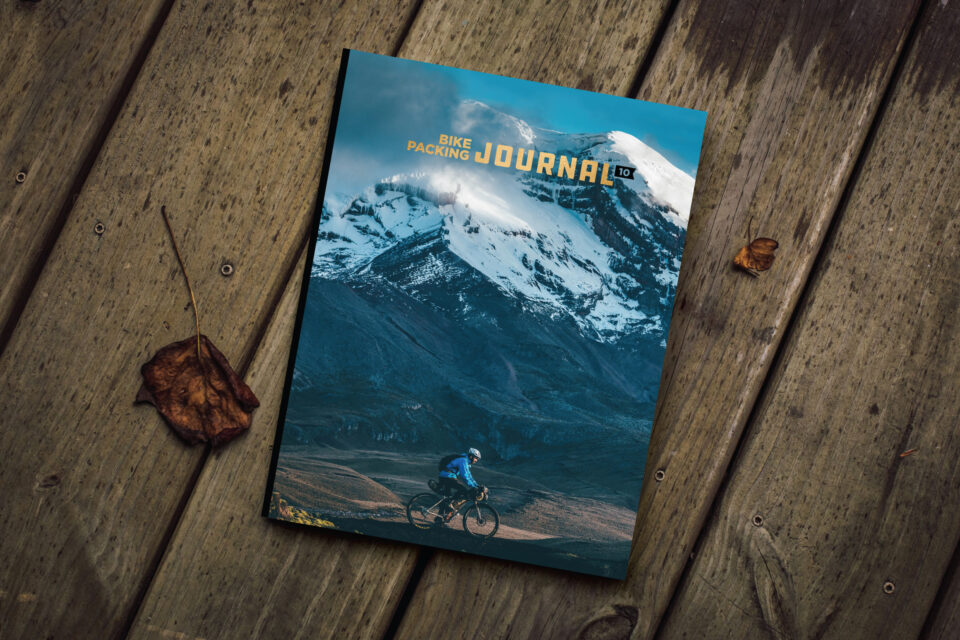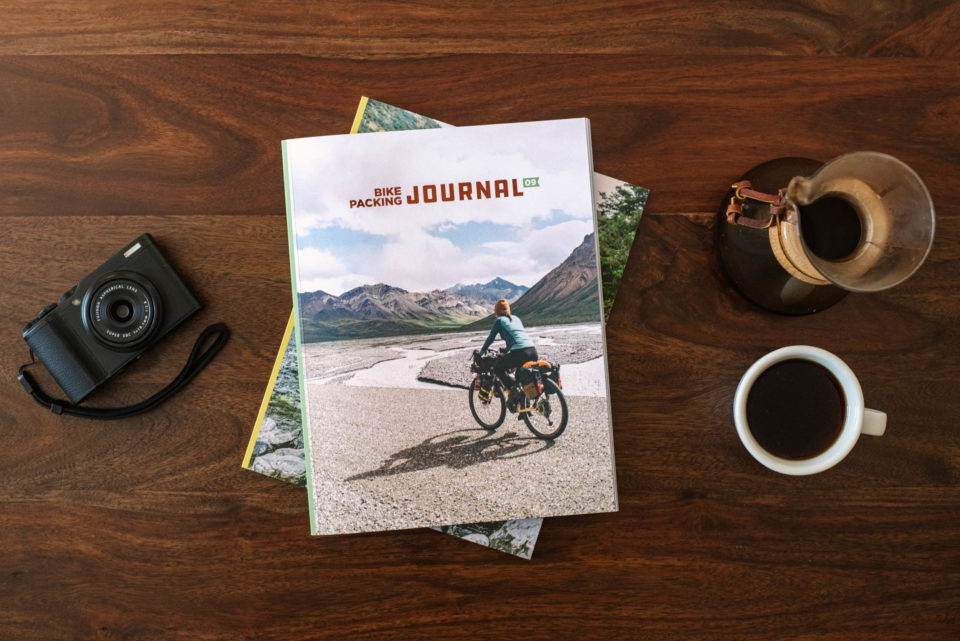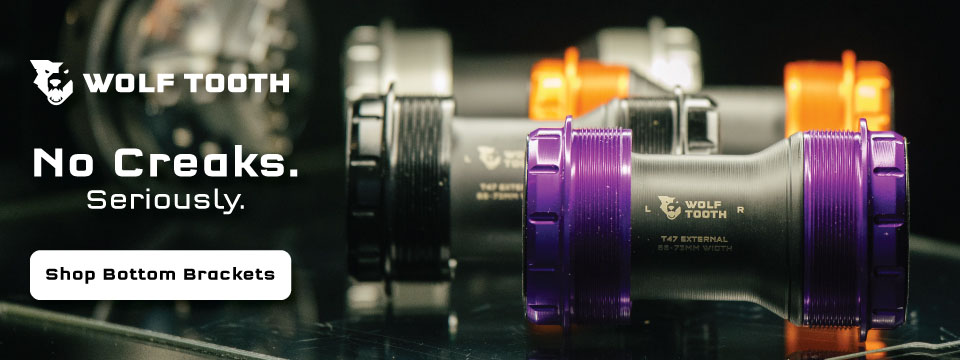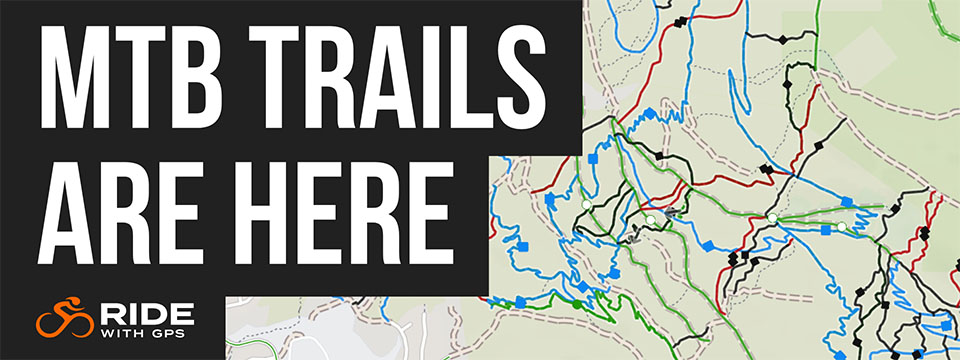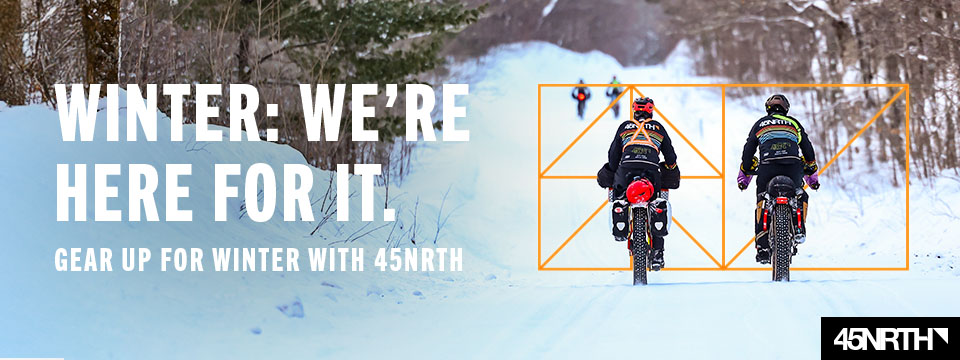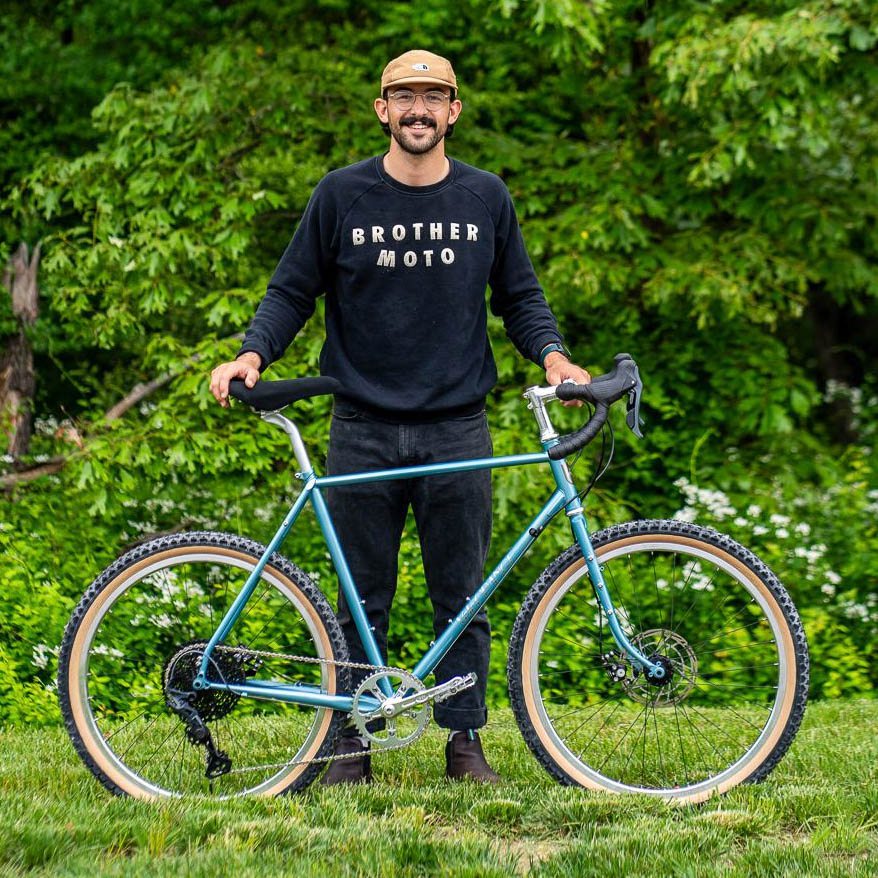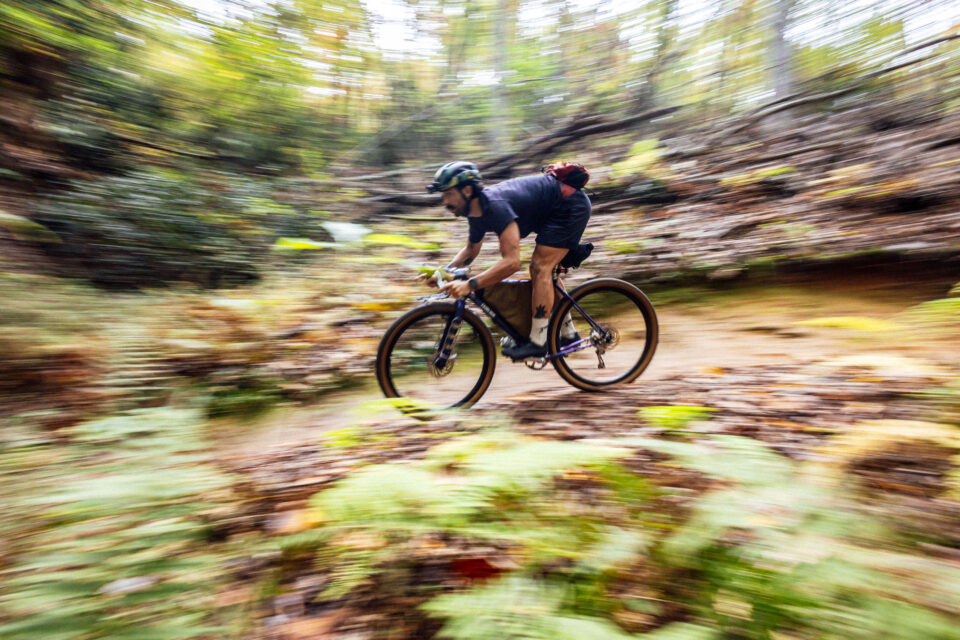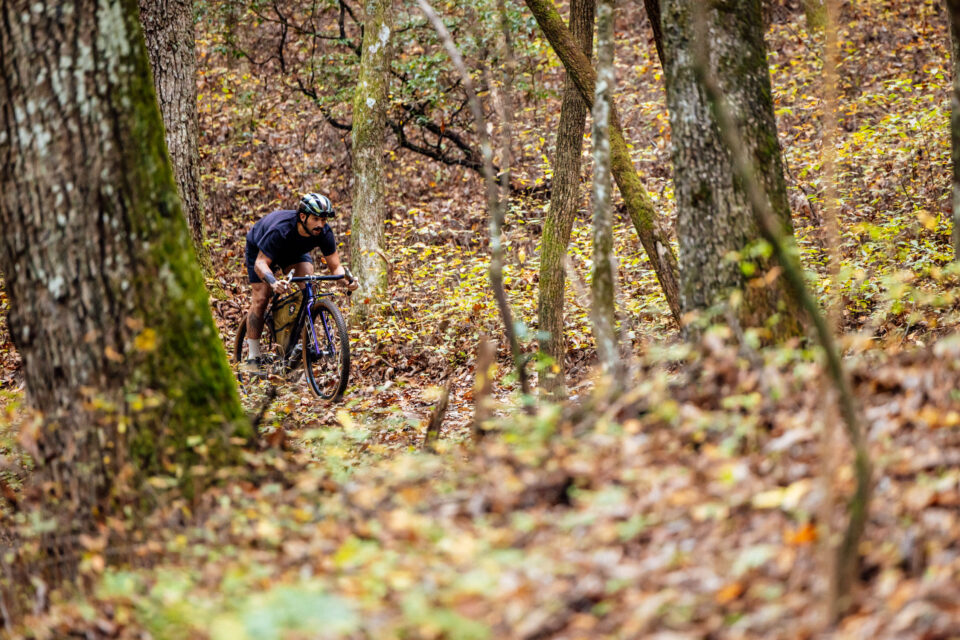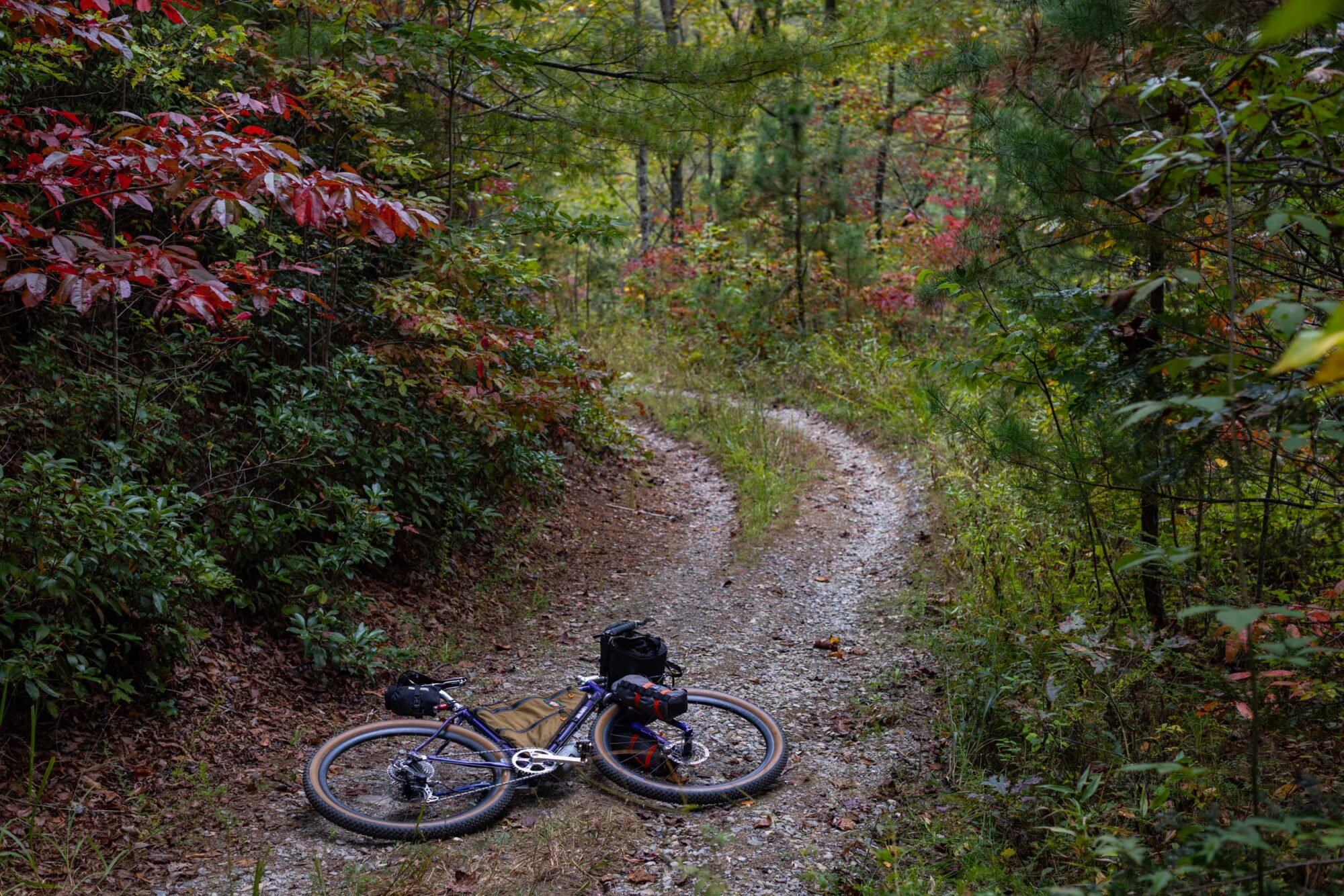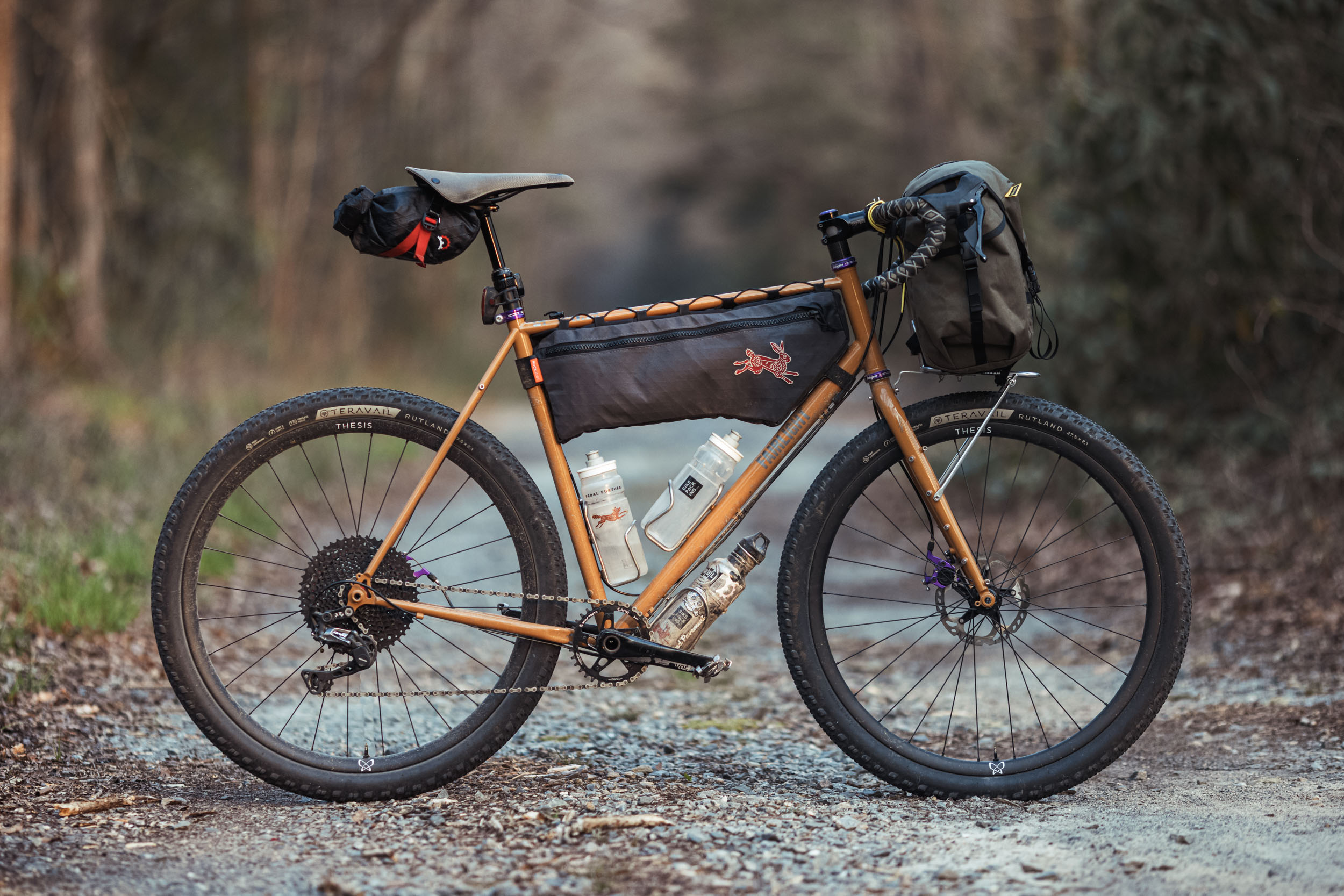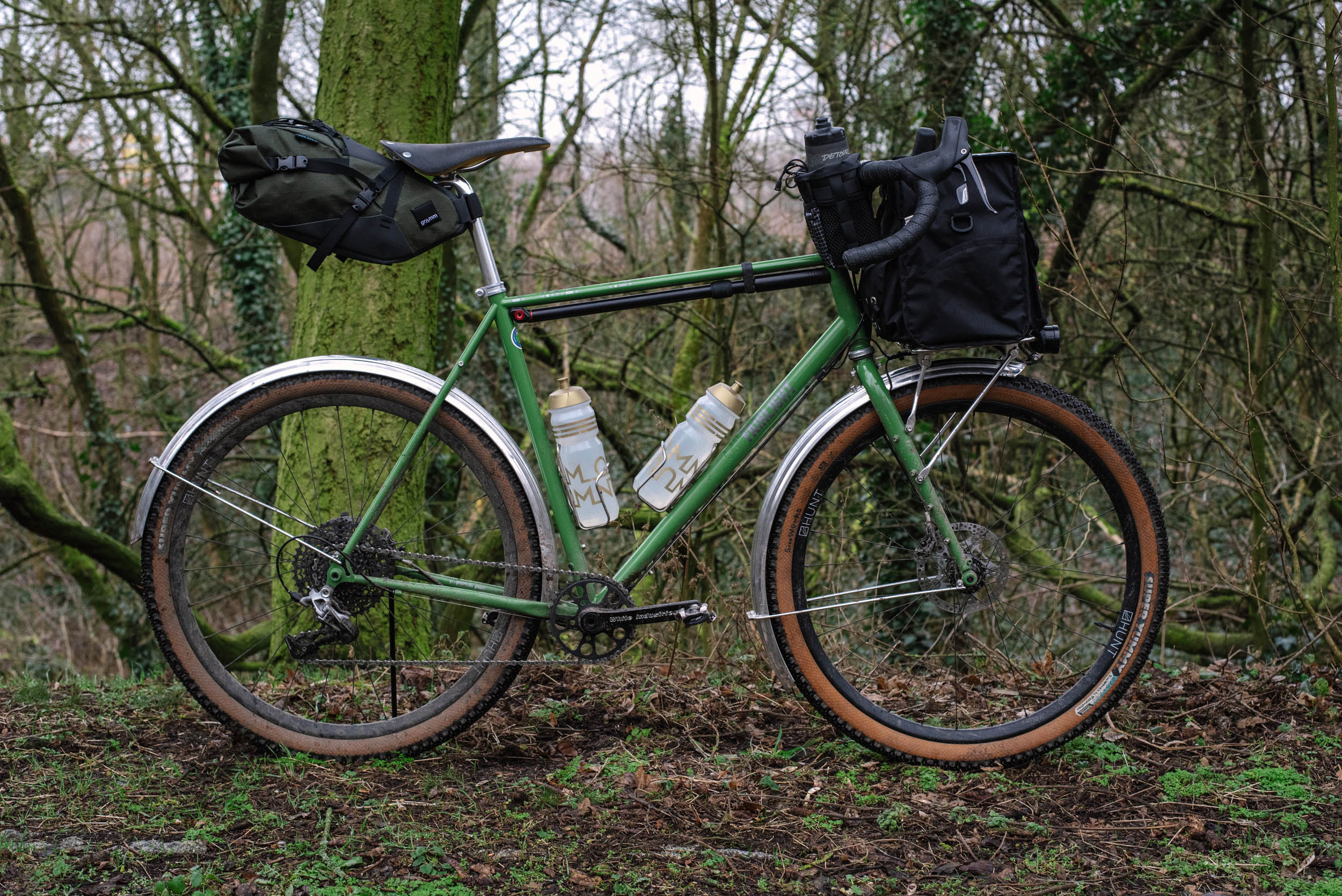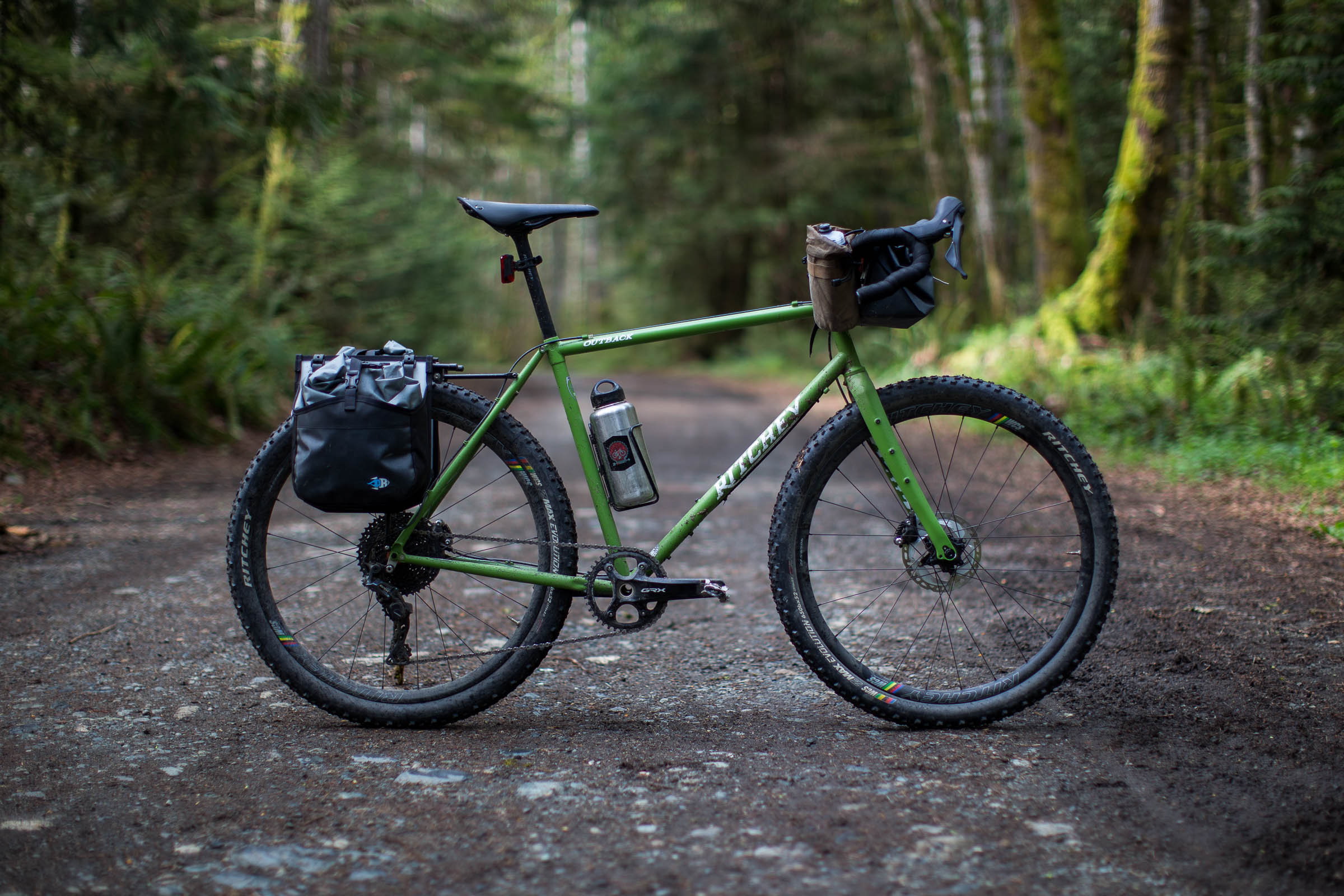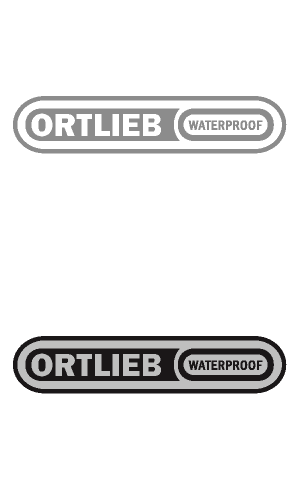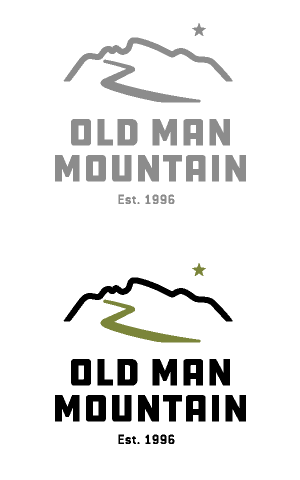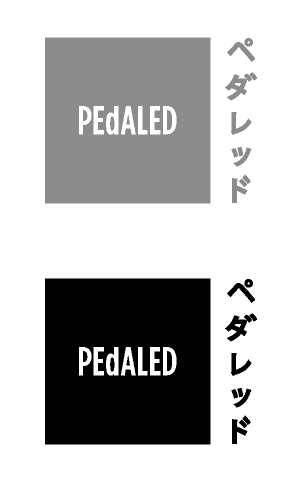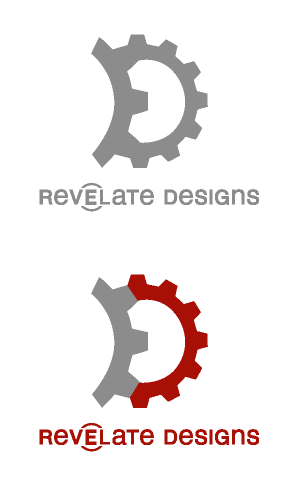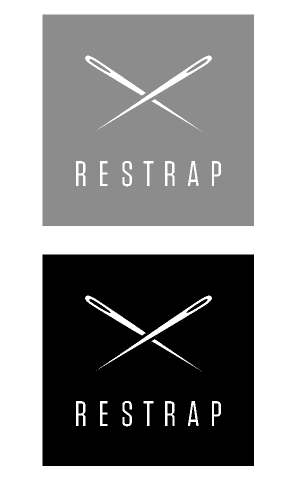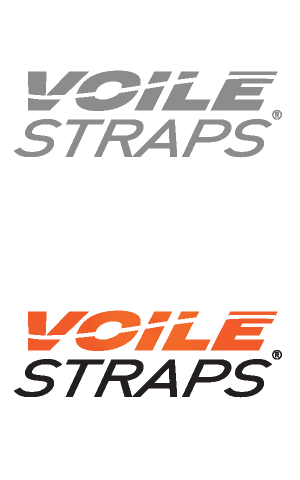Fairlight Secan 3.0 Review: Plumwild
Now in its third iteration, the Fairlight Secan 3.0 sees tire clearance updates that bring the company’s gravel bike up to modern standards, along with a variety of minor changes consistent with their well-known attention to detail. With a longtime love of riding road-inspired, steel gravel bikes, Nic weighs in on his time atop the Secan 3.0, discussing where it excels and just how much fun it is to push its limits…
PUBLISHED Oct 9, 2025
Riding shots by Logan Watts.
These days, I’m generally of the opinion that we live in a golden age of production bikes. In part, that’s because of the work brands like Fairlight have done to elevate what customers can expect from a production bike brand. The quality of tubing, in conjunction with the available builds and seemingly hyper-specific details, is second to none. If you’re at all familiar with Fairlight, you’ll know of their 50+ page design booklets that accompany the release of any model. Led by Dom Thomas, the London-based company’s attention to detail isn’t just a performative notion. Rather, it’s a focus on taking modern steel production bikes as far as they can go. So, when the opportunity to review their new gravel bike came up, I jumped at it. With improved clearances that bring the bike’s options into the realm of smaller mountain bike tires and new tubing designs to enhance ride feel and accommodate these changes, it felt like the right time to take a look at the Fairlight Secan 3.0.
Something Familiar This Way Comes
From a fit-and-feel perspective, the new Secan is similar to many of the bikes I’ve spent time on over the past few years. With road-inspired geometry, steeper angles, a low bottom bracket, 650b compatibility, and a relatively aggressive position, the bike presented a familiar silhouette. After building it up with a modest and capable 1x, square-taper, friction-shifting drivetrain, that sense of familiarity went from merely recognizable to something like slipping into an old coat. Per Fairlight, the biggest changes from the Secan 2.5 are the additional tire clearance, a change in the tubing design to create a stronger and more compliant frame accounting for the larger tires, details regarding modern drivetrain compatibility and cable routing, and some very minor geometry tweaks that are, again, a result of the larger tire clearance.

Tire clearance and mountain bike widths hitting the gravel space have become a significant topic of discussion over the past few years. With some claiming that gravel bikes are simply “wannabe mountain bikes,” and others saying that they are just “90s mountain bikes,” the genre has its fair share of critics. All that said, designing around larger tires isn’t just a marketing-oriented ploy, in my eyes. Where some see the ever-widening scope of gravel bikes to be unnecessary, I believe that 2.2” tires on bikes like the Secan 3.0 make for something that is nearing perfection.
Obviously, that’s a subjective term, but if there’s one thing that modern gravel bikes have done, it’s make production bikes that are capable of an extensive range of riding. As many are more than happy to claim, you can ride any bike anywhere. Alas, the beauty of modern gravel bikes is that the good ones can find themselves at home in a variety of different situations. Be it light mountain bike trails, chunky gravel roads, or your local road loop—a good gravel bike should feel like it has the attributes to succeed in most of these scenarios.
Fairlight Secan 3.0 Geometry
| Size | 51R | 51T | 54R | 54T | 56R | 56T | 58R | 58T | 61R | 61T |
|---|---|---|---|---|---|---|---|---|---|---|
| Effective TT Length | 537 | 535 | 550 | 549 | 568 | 568 | 581 | 581 | 594 | 595 |
| Reach | 380 | 370 | 388 | 378 | 396 | 386 | 404 | 394 | 412 | 402 |
| Wheelbase | 1027 | 1028 | 1036 | 1038 | 1044 | 1046 | 1053 | 1055 | 1067 | 1070 |
| CS Length | 432 | 432 | 432 | 432 | 432 | 432 | 432 | 432 | 432 | 432 |
| Effective ST Angle | 74 | 74 | 74 | 74 | 73.5 | 73.5 | 73.5 | 73.5 | 73.5 | 73.5 |
| ST Length | 490 | 495 | 510 | 515 | 520 | 535 | 540 | 555 | 560 | 575 |
| HT Angle | 70 | 70 | 70.5 | 70.5 | 71.25 | 71.25 | 71.75 | 71.75 | 71.75 | 71.75 |
| HT Length | 104 | 136 | 121 | 155 | 139 | 175 | 156 | 194 | 175 | 215 |
| Fork Length | 398 | 398 | 398 | 398 | 398 | 398 | 398 | 398 | 398 | 398 |
| BB Drop | 77 | 77 | 77 | 77 | 75 | 75 | 75 | 75 | 75 | 75 |
| Stack | 540 | 570 | 558 | 590 | 576 | 610 | 594 | 630 | 612 | 650 |

The first place I felt the Secan shine was on the road-heavy loops I use to get a feel for things. With some 48mm Rene Herse Hatcher Pass tires, this bike felt like a rocket. The small head tube, low bottom bracket, and relatively snappy chainstays felt right at home on the winding roads of northern Asheville. Surrounded by light carbon road bikes, there were few, if any, instances where the bike felt sluggish or out of place. So much so that I doubted the bike’s ability to be truly capable on the trails I intended to take it on.
With some solid, technical singletrack within reach of the road rides I can hit from my doorstep, I was surprised at the bike’s handling on dirt trails. The more aggressive position made for an interesting adjustment period, as the lower stack and longer reach of the “R” sizes put the rider in a much more athletic, leaned-forward position. Committing to the stance, however, yields a ton of grip off the front tire, making handling all the more enjoyable. Kind of like riding in a dune buggy as opposed to a proper 4×4, the Secan handled light singletrack with ease and made things a heck of a lot more interesting than when hitting the same trails with a hardtail.
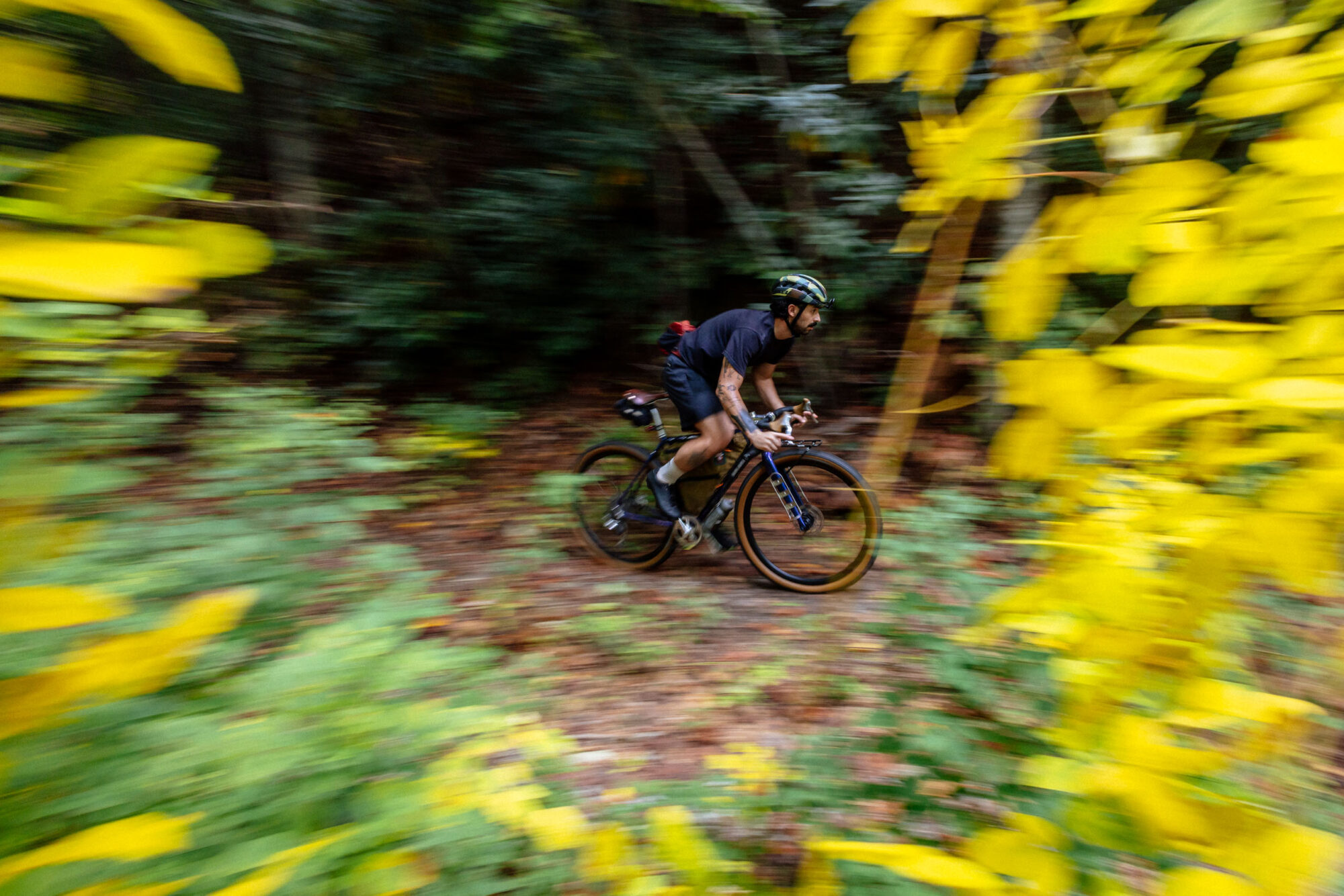
However, taking the Secan on proper, steep, and chunderous gravel roads is where the bike really finds its footing. Whether on 650b x 2.2” tires or the maximum allotted 29 x 2.1” rubber I managed to squeeze in, the bike feels at home on the dirt. Quick, capable, and agile in its handling, it’s a bike that demands your attention but rewards your concentration with fun. The shorter stack and wheelbase, sitting at around 1036mm, means the bike is ready to carve things up. It’s not lacking or unstable on long, loose descents, but it is one of the shorter wheelbase bikes I’ve tested, considering offerings that are optimized for 650b wheelsets, such as the Crust Bombora and Velo Orange Polyvalent, which are shorter at 1023 and 1031, respectively. That said, what Fairlight has done with the Secan is optimize what is a difficult category.
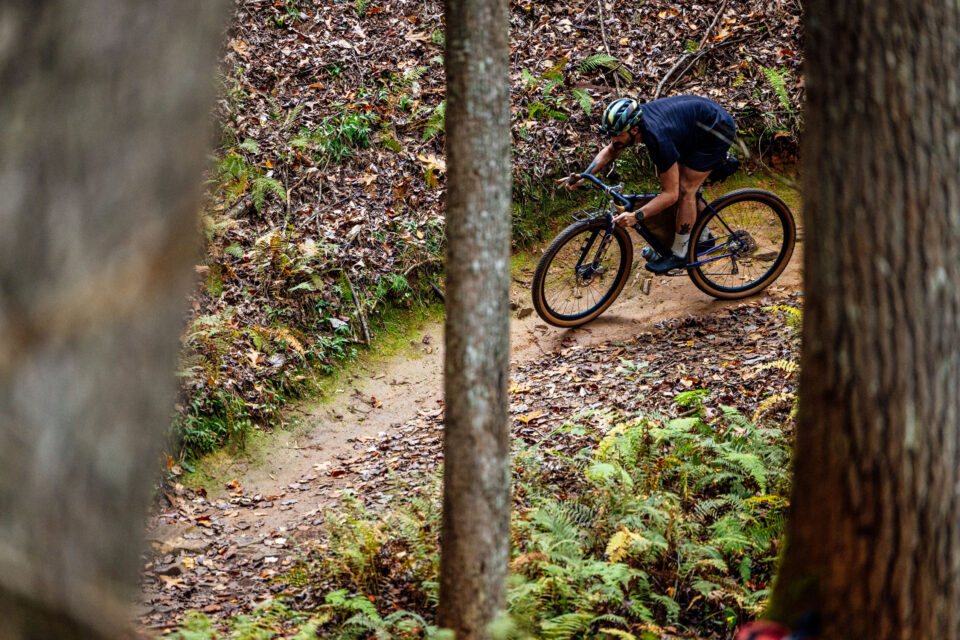
Plainly speaking, fitting 2” tires into a bike with chainstays around 425 to 435mm is a challenge. Keeping the handling feeling snappy and gratifying on the road while maintaining the capacity to run said tires is where these bikes have faltered. With the Bombora having far less clearance and comfort in the 700c department, and the Polyvalent featuring a much steeper headtube angle and more fork rake, there always seems to be a compromise with bikes of this ilk. There’s a lot to squeeze in a limited amount of space, and earlier bikes of the same generation have sometimes suffered from instability, lack of 29” compatibility, awkward handling at speed, or toe overlap.
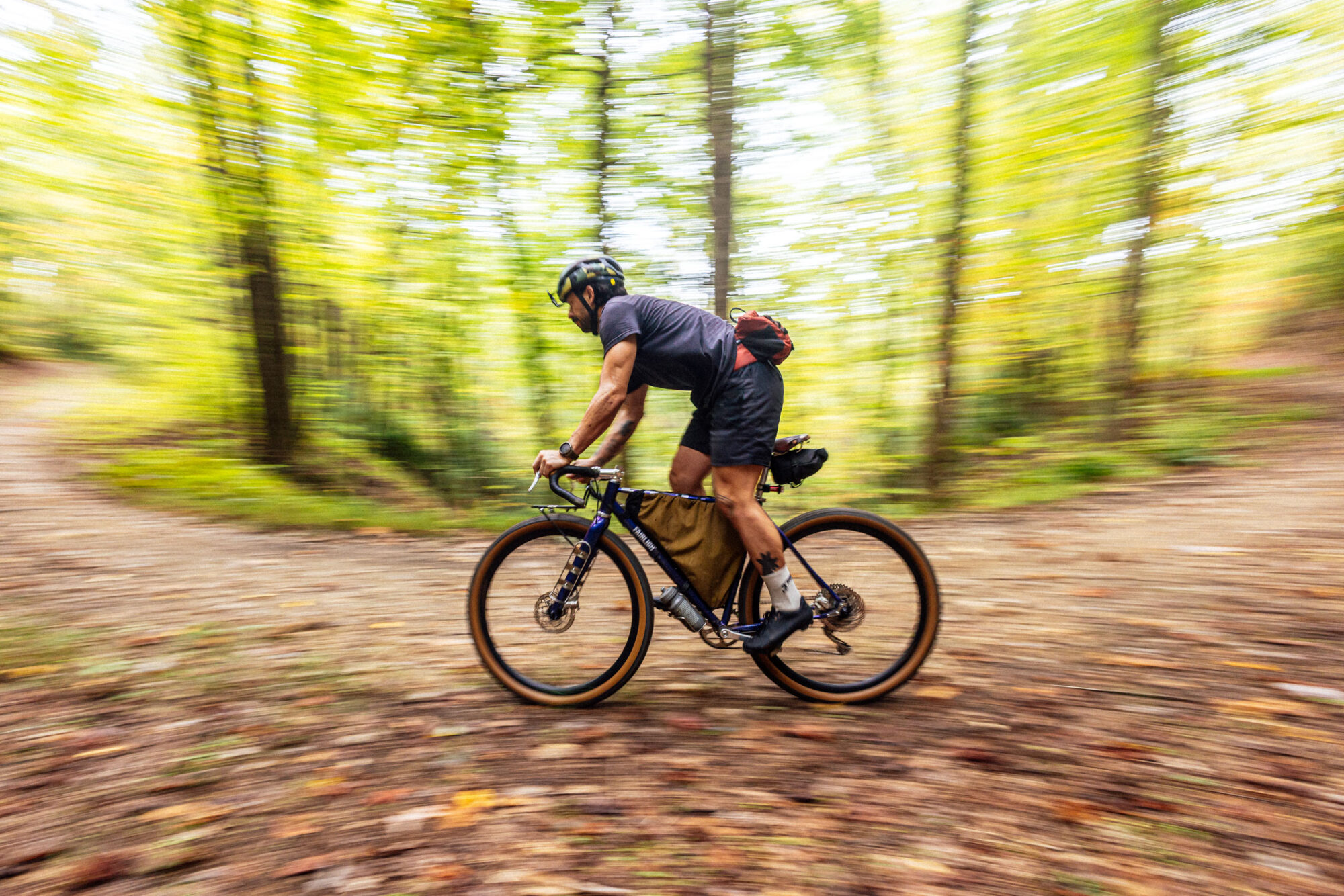
Not only does Fairlight avoid most of these issues, but it appears they’ve perfected the form. Through the minor geometry changes, a slight reduction in maximum tire size (53mm is just shy of 2.2,” where a ton of great tires sit), and tubing quality that is among the best I’ve ever had the pleasure of riding, the Secan 3.0 is a masterpiece. The bike feels planted, irrespective of the trail conditions. There is no unwieldy difference in handling between wheel sizes, and while the bike certainly has limits, it’s fun, not arduous, to seek them out.
While Out Bikepacking
One element I really appreciated about the Secan 3.0 is that they haven’t just said it’s compatible with 650b offerings for the sake of loaded trips and called it a day, asking users to choose between more road-oriented 700c trips and chunkier 650b journeys. While the bike is certainly fun in 650b mode, the bottom bracket being that close to the ground presented a few challenges. Since moving to North Carolina, I’ve found myself leaning more toward the 29” wheel size simply due to the sake of roll-over and ground clearance.
Here in the steepest mountains on the East Coast, roots and rocks dot just about any ride you’ll end up on. While the bike’s low bottom bracket contributes to its excellent feel on the road, it just doesn’t make much sense in situations where you’re really underbiking and clearances matter all the more. It’s theoretically something you can get used to, but I feel far more relaxed and capable a bit higher up than I do down low, with as many roots, rocks, and obstacles as there are in the places I ride most. The 29 x 2.1” compatibility makes it a viable option for bikepacking in either wheel size.
Fairlight supplied me with a Nitto M18 front rack and some King Cage Manything cages intended for use either on the bottom of the downtube or three-pack mounts on the fork blades. Although the shorter headtube on the regular version of the bike doesn’t provide as much frame space compared to the tall version, I was still able to fit a sizable Wizard Works Forres Frame bag, which worked like a charm. That said, I think the build pictured in the design notes isn’t necessarily best for bikepacking. The bike has a mid-range trail number of about 72, depending on the tire size, and that high of a number just isn’t ideal for a front-load bias. After testing various setups on local trails, I decided to go relatively light up front and distribute the load evenly across the bike, which worked significantly better than having the weight concentrated on the fork blades.
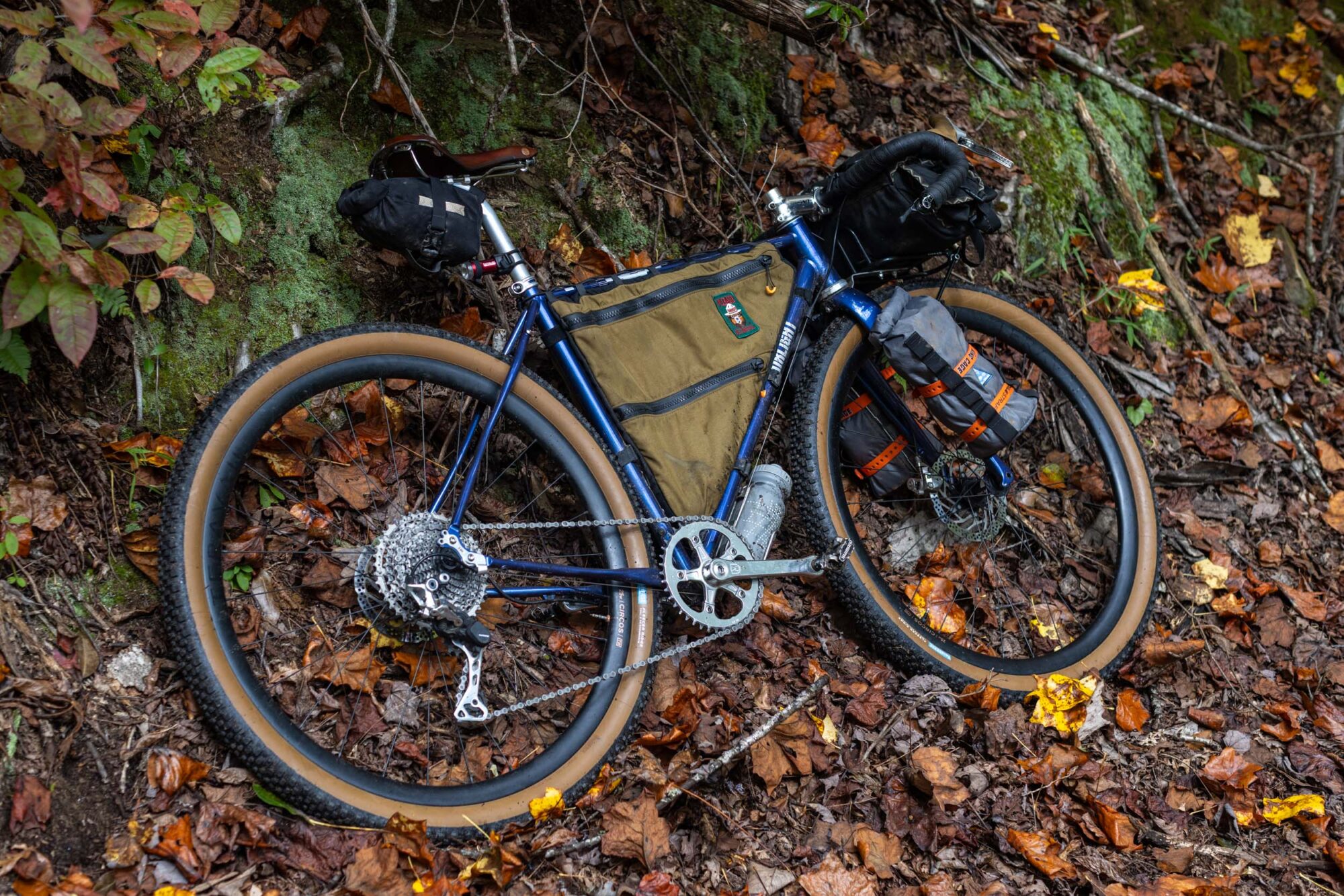
I attribute this to a few overnighter loops I’ve drawn together in my time since moving to Appalachia. Taking a variety of steep gravel roads up and over minor passes, then down through some singletrack that pushes you near your choice of riverside or ridgeline campsite over just a few miles, and then back out onto some more steep gravel before hitting a paved descent. When the grade gets steep, there’s a level of panic that hits when a front-load bias starts to squirm under the slick texture of some granite. But, when more evenly loaded, the bike handled everything really well and didn’t suffer from instability on long descents or sluggishness in the increasingly muddy technical riding that connects the forest roads in Pisgah.

While the bike handles a load well, I wouldn’t necessarily say it’s designed for bikepacking. Given the intention, geometry, and spec, the Faran model in Fairlight’s lineup seems to occupy that space better, with the Secan 3.0 being much more of a race-y gravel bike meant for going fast and packing light. Again, this isn’t to say it handles a load poorly, just that most gravel bikes with similar characteristics don’t excel in ride feel with a heavy load, and the same is true here. It’s a do-it-all option that performs decently with bikepacking gear in tow, but shines on long day rides or in race mode.
- Frame: Fairlight Secan 3.0 54R
- Fork: Fairlight Cempa Carbon Fork
- Crankset: Velo Orange 1x
- Derailleur: Shimano GRX 810 Silver
- Shifter: microSHIFT Bar End
- Cassette: 11-42t
- Bottom Bracket: Shimano square taper (122.5)
- Wheels: Teravail Circos Gravel
- Headset: Hope
- Handlebar: Ritchey Venturemax 46cm
- Stem: UNO -17 80mm
- Saddle: Brooks Swift
- Seatpost: Velo Orange Setback
- Seat Clamp: Hope
- Brake Levers: TRP RRL Drilled
- Brake Calipers: Growtac Equal
Final Form Through Function
As detailed in Dom Thomas’ extensive design notes, several of the Secan’s changes pertain to the minor details. Cable guides, routing, and compatibility for modern drivetrains, along with minor modifications to the tubeset and geometry that were needed for the more material changes they wanted to make to the bike. Aside from the stellar attention to detail you’re bound to notice if you build up the bike yourself, it became clear, despite it being my first experience with the brand, that everything here has been refined toward perfection.
The prior model isn’t that different from what’s on offer with the 3.0 if looked at in broad strokes. Greater bends at the seatstays provide better clearance and aesthetics, while new tube forms at the chainstays achieve a similar effect. All the small changes add up to a slightly different package. And, much like the form of road-styled fat tire gravel bikes, there isn’t that much to iterate upon without bleeding into another category. Save for the Holt, Fairlight’s aesthetic inspiration and vision for bikes is clear. That isn’t to say the Strael, Secan, and Faran don’t ride differently, but what the bike can achieve within the scope of its stylistic bones is, at this point, a process of refinement as opposed to radical changes.
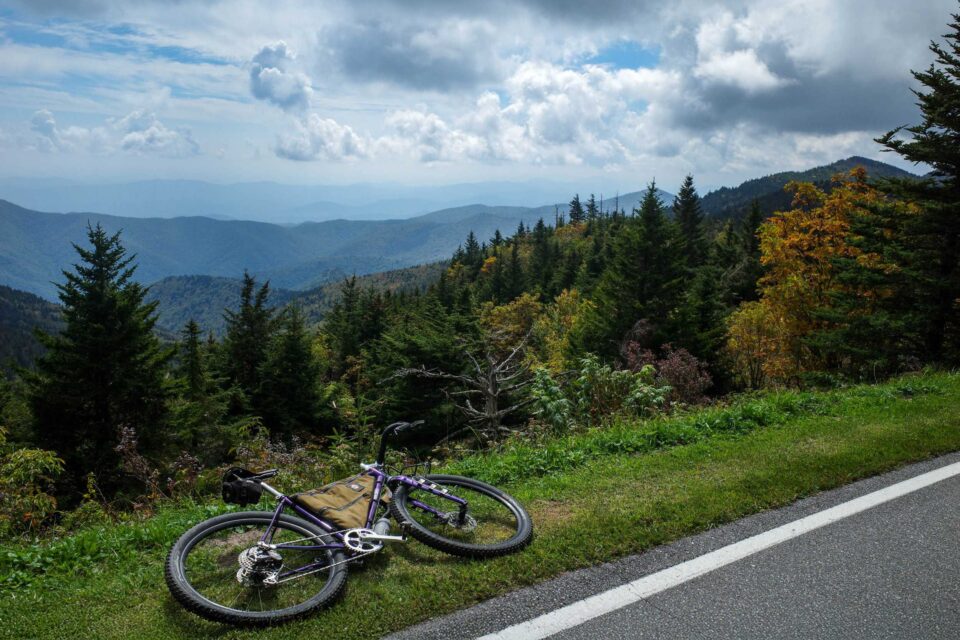
While the gravel category continues to see innovations that stretch and tear the fabric of what we understand the term to mean, what Fairlight has landed on with the Secan 3.0 is near perfection. There isn’t a spot wrong or a molecule out of place. Seriously. If the task is to create a steel gravel bike of this form, this is as close as we get to the Platonic ideal. And that’s a weird thing to say about a class of bike that I feel has always been endearingly flawed. I don’t think frames following this silhouette were ever meant to sport such wide tires and, as such, have become a fun, sub-optimal way to see how far your skill can take you on rough terrain.
It’s truly a do-it-all design, and by that nature can never be “perfect.” And yet, it’s hard to see how Dom Thomas, or anyone, could improve on the Secan 3.0. The tubing is perfect. From the way it feels when carrying it around downed trees to how it seems to contribute to a smooth, planted ride feel on some of the roughest roads in Pisgah. The fork is perfect. No sharp stiffness that deflects uncomfortably on small drops or unseen potholes. The fit is perfect. Ideally centered on the bike for the best pedaling efficiency and easiest means of hucking it around obstacles, roots, and rocks. It’s all perfect.
- Model Tested: Fairlight Secan 3.0 54R
- Actual Weight: 25.4lbs
- Place of Manufacture: Taiwan
- Manufacturer’s Details: Fairlight
Pros
- One of the nicest production tubesets currently available.
- No compatibility issues as Fairlight will ensure you have all the right bits for your kit.
- Regular and Tall sizes make an already granular sizing range even more specific.
- Tire clearance is right where it should be for the category.
- Perfect… Almost too perfect.
Cons
- There’s a bit of toe overlap at the largest possible tire size.
- Expensive, but you get what you pay for.
- 650b mode puts the bottom bracket too low for technical trail use.
Wrap Up
With more than a few fat-tire gravel bikes on the market, it’s not unfair to say that a lot of them blend together. Bringing a similar mix of features and geometry numbers, you’d be forgiven for thinking the genre has reached a calculated apex with what’s possible. However, Dom Thomas and the crew at Fairlight have shown that not only are they able to improve on the well-trodden idea of modern steel gravel bike, but perfect it. If one bike is all you want to race, bikepack, brevet, or just meander around, you’d be hard-pressed to find a higher-quality option than the Secan—a bike I was more than happy to find does it all.
Although the current state of global affairs makes it slightly more expensive for non-UK customers to obtain a frameset—my estimates sit just over $2,000 with shipping at the time of writing—it’s still more than worth it for what has to be one of the most well-thought-out frames on the market.
Further Reading
Make sure to dig into these related articles for more info...
Please keep the conversation civil, constructive, and inclusive, or your comment will be removed.
